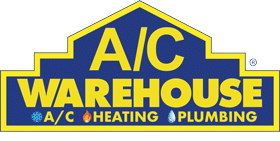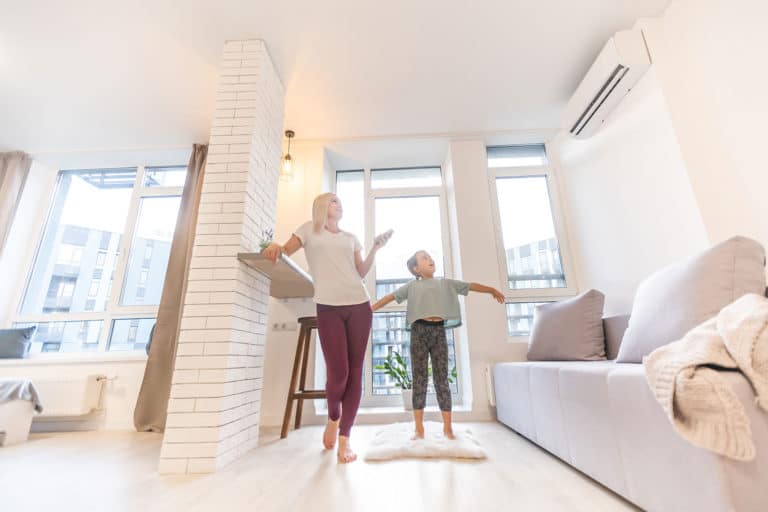What you should know about carbon monoxide

When the temperatures start to drop, most people turn on the heat without giving it a second thought. But without a few simple precautions, you could create a dangerous situation in your home. Properly maintaining your gas furnace and its exhaust system is key to preventing a potentially deadly build-up of carbon monoxide in your home.
Ventilation is Important!
Energy efficiency in homes has vastly improved in recent years. Thanks to conscious sealing of air gaps, innovative insulation options, and other factors, new homes built today are significantly more airtight than even those built as recently as the early 2000s.
While this is certainly a good thing, there is one potential drawback. The more airtight a home is, the greater the chances of exhaust gases from burning fossil fuels building up inside. One of the most dangerous of these gasses is carbon monoxide (CO).
This colorless, tasteless, and virtually odorless gas is difficult to detect and can cause illness or death.
To prevent carbon monoxide poisoning, you must vent exhaust gasses away from indoor spaces so you and your family don’t breathe them in. Modern airtight homes don’t have as many pathways for the gasses to escape, so it’s even more important to ensure the components of your gas furnace and exhaust system are working properly. Scheduling routine inspections by a professional HVAC contractor is an easy and inexpensive way to confirm that everything is working as it should.
Carbon Monoxide Facts
- In the U.S., more than 400 people die from unintentional carbon monoxide poisoning each year
- Carbon monoxide poisoning causes more than 20,000 visits to the emergency room and over 4,000 hospitalizations annually
Common Symptoms of Carbon Monoxide Poisoning
Some signs that you’re suffering from carbon monoxide poisoning include:
- Headache
- Dizziness
- Weakness
- Upset stomach
- Vomiting
- Chest pain
- Confusion
Keep Your Home Safe
Gas furnaces are a common source of carbon monoxide. To prevent build-up in your home, you must make sure the gasses are vented to a properly sized flue or venting system. This will ensure they are safely routed out of your indoor space.
It’s also important to note that there are other common sources of carbon monoxide. This includes stoves, lanterns, grills, small engines, fireplaces, gas ranges, and cars or trucks.
The U.S. Center for Disease Control (CDC) recommends the following precautions to prevent HVAC-related carbon monoxide poisoning in your home.
- Install carbon monoxide detectors throughout your home and replace the batteries often. The CDC also recommends replacing your CO detectors every five years.
- Have all gas, oil, or coal burning appliances, heating systems, water heaters, and fireplaces routinely inspected by a qualified professional technician.
- Ensure that all gas appliances are properly ventilated.
- Have your chimney inspected each year and cleaned when needed to avoid blockages, as this can cause carbon monoxide build-up in your home.
- Never block, close, or patch a vent pipe.
- Be aware of heavy snowfall or other debris that could block venting on your roof or side walls. Inspect vents periodically and immediately clear anything that could restrict airflow.







